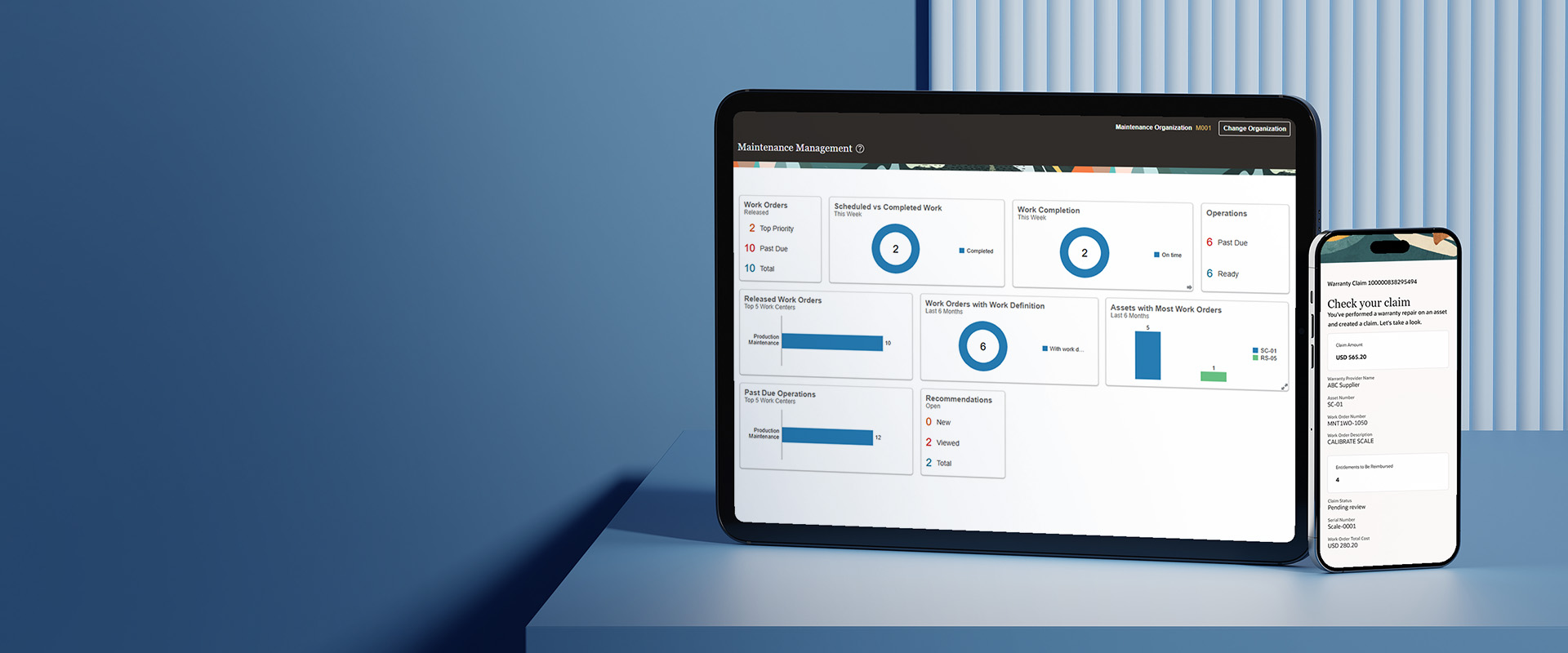It’s the middle of the summer, and yet your inventory numbers look like you’re gearing up for the holiday rush. Upper management is demanding answers for this, but you don’t have any. You have looked over the numbers so many times that you have memorized them. Yet you still don’t have any answers for them. How is it that you have got the wrong mix of products in your warehouse? Where’s the breakdown in the supply chain that caused this?
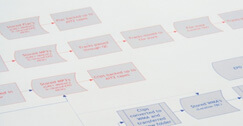
If you had a more complete understanding of your supply chain, and how it integrates into your overall business strategy, you’d have some answers–and your warehouse wouldn't be stocking so much inventory.
In today’s global economy, your products are often just as global. Parts are shipped in from around the world, assembled in one locale, shipped to another, and sold all over the world. Understanding your supply chain’s characteristics ensures that you’ll be able to maximize the work done at each stage, as well as take advantage of any optimization opportunities.
Most supply chains consist of a series of Pulls and Pushes moving the products’ downstream to the customer. So understanding which method is being used at each stage of your supply chain is very important. Each node should be configured to either push or pull the product along, based on demand, forecasts, your organization’s strategies and also available inventory. It gets challenging when you’re trying to plan the availability of inventory at each stage of the chain, and you’re unsure which method is being used where.
Use these three tips to optimize your supply chain planning and give you better control over your inventory.
Tip 1 – Review your fulfillment timeline
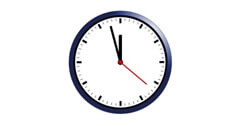
The ultimate goal of your supply chain is to get your product in the hands of your customers within the time frame they expect to receive it. The word expect is key here. Depending on the complexity of your product, your customers may expect to receive it in a few days or a few months. The point is, you must set this expectation up front with them, so they understand how long it’ll take for them to get the product.
- If you’re delivering products in a short time frame, then your supply chain must have adequate supplies at each stage in order to meet that order time frame.
- If you’re delivering them in a longer time frame, your forecast accuracy needs to be high enough to determine when you’ll need the most inventory, and when you can survive with lower numbers.
Tip 2 – Determine the lead time in each node of the supply chain
Does your product require many steps and parts to assemble? Does it need a lot of time to assemble? How about your manufacturing processes, are they appropriate for each stage of production?
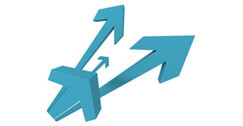
These are just a few of the questions you should be asking about your processes. Accounting for product lead time at each stage of production can be critical to your overall supply chain, and impact your bottom line. Your timelines must be accurate in order for you to generate the correct timeline for your supply chain.
For example, Node 3 in the chain used to only take three hours per product order, so you build that three hour time period into your product order/fulfillment lead time. Over the last six months however, those three hours have slowly crept up to be 4.5 hours per order, yet you’re still forecasting and fulfilling as if it were 3 hours. Inventory is starting to bottleneck at that stage of the chain, and your customers are starting to complain.
Tip 3 – Assess your product’s demand
Whether or not your product’s demand is high or low, or steady directly impacts how you keep your supply chain moving. If you understand the market ebbs and flows, you’ll be able to keep each node in the chain working efficiently, and your orders will be fulfilled easily and smoothly
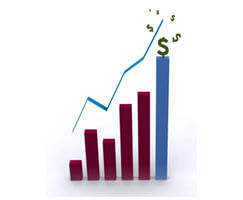
Stable demand for your products lets you work from a forecasting model with a good enough planning tool. Kind of like a set it-and-forget it type of supply chain management.
In today’s competitive times, we are far from getting the luxury of a steady and predictable demand model. The degree of competing products and technologies are leading to unpredictable and short product life. Couple that with global supply chains characterized by longer lead times, the dependent demands for upstream nodes in the supply chain get even more unpredictable.
Variable demand for your product means you’ll have to keep a close eye on your sales orders, and overall inventory, as you’ll have to adjust your levels throughout your supply chain depending on the demand. However if you’ve been monitoring your supply chain situation, you’ll be able to see these changes well in advance, and can adjust your processes accordingly.
Get help optimizing your supply chain
Over 88% of companies surveyed by Gartner about supply chain technology said that they needed better supply chain solutions to improve their business’ performance, and also their own decision making. Jade Global can help you understand and optimize your supply chain to make better business decisions. Jade Global offers a number of advisory services and industry prebuild solutions for its customers to turn their supply chains in a true value chain. We’ve developed an accelerated approach to implementing these solutions, to provide our customers with faster time to value and higher returns. Contact us today and let us help you turn your supply chain in a competitive advantage for your business.
Have any query regarding your supply chain or found this blog helpful? Leave your questions and comments below.
Learn more about our Supply Chain Management Solutions










